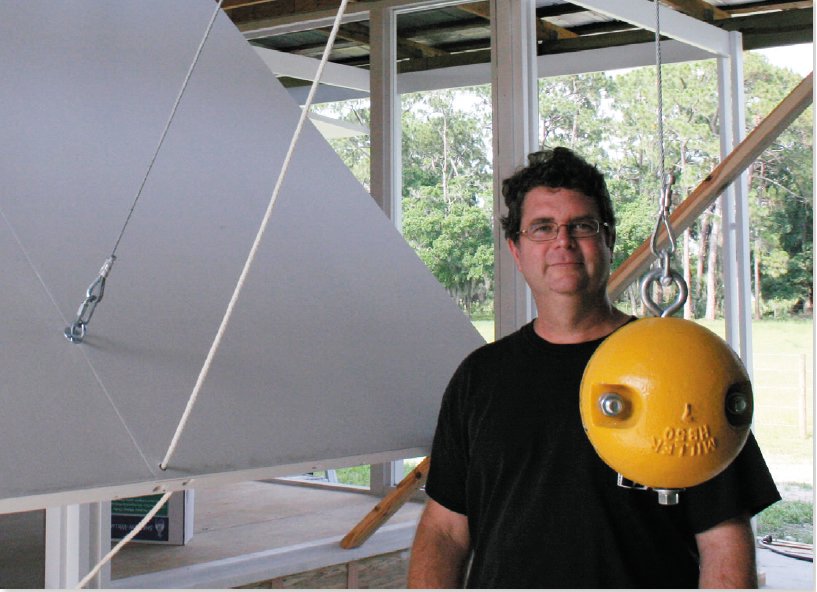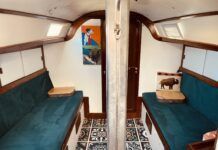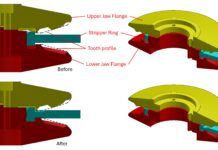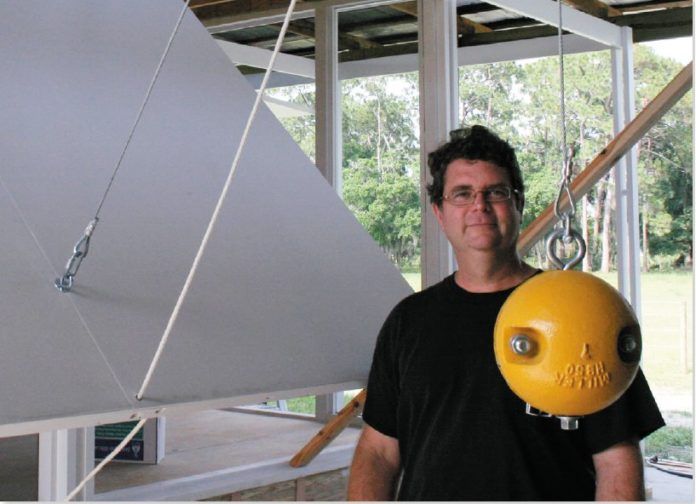
After a decade-long sailing sabbatical in the 1990s, my wife Theresa and I swallowed the anchor and settled into our first apartment. It was a two-room studio across from the hospital in Newport, R.I. I gasped when the owner first showed us the place.
I know. . . . Its so tiny, she said.
So tiny, I agreed.
After Theresa and I signed the lease, we had a chuckle. Id gasped because I was shocked at how much space we had.
Once you tear up root, branch, and all to go sailing, the return to the dirt-dwelling life can be messy. Youre accustomed to peace and solitude and waterfront views-a procession of sunrises and sunsets. You can pick your neighbors and move on quickly if you want.
But for me, the most interesting transformation after we moved back ashore was our relationship with stuff. The long-term sailors I most admired were always paring down what they had, eliminating all but a few choice needs. But this was hard to sustain ashore, especially under the incessant barrage of advertising, blurring the line between wants and needs. We have more stuff in the attic of our Florida home now than could fit in that first apartment.
I was thinking about how a returning cruiser could avoid getting swept back up in the accumulation current when I got a call from architect Joe King from Bradenton, Fla. He was working on a replica of a 1950s-era home designed by the late Paul Rudolph, and the home included some sailboat-like rigging he was trying to sort out. After making a name for himself in Florida, Rudolph went on to serve as chairman of the Yale School of Architecture; the schools main building bears his name.
Kings project was a replica of a home known as the spider house: a 600-square-foot house owned by a couple who had used it as a winter home for many years. (The original still sits behind the dunes on Sanibel Island, in Southwest Florida.) King will be putting the replica on display at the Ringling Museum in Sarasota, Fla., in the fall.
Effectively a divided screened porch with doors that swing open or drop down to provide shade or protection from the weather, the sensible little home is a gem. You have to see the video to appreciate the design (link below). I was most impressed by the ingenious block-and-tackle arrangement used to raise and lower the doors. Rudolphs stint in the Navy clearly left its mark.
As soon as I saw the house, I realized this was the answer-so obvious: less storage space equals less stuff. My mind went to work on how I could convince Theresa that we needed to downsize. King and I talked about possibilities for trucking the home someplace where it might meld into the landscape-a key aspect of Rudolphs designs. I asked him about building codes. Dropped down, the rugged, double-skinned doors looked like hurricane shutters.
Oh no, he said. Im sure this wouldnt meet todays code.
It figures.
Every spider house has a hitch.
For a video of the original spider house, visit https://goo.gl/3aV5eo online.






































